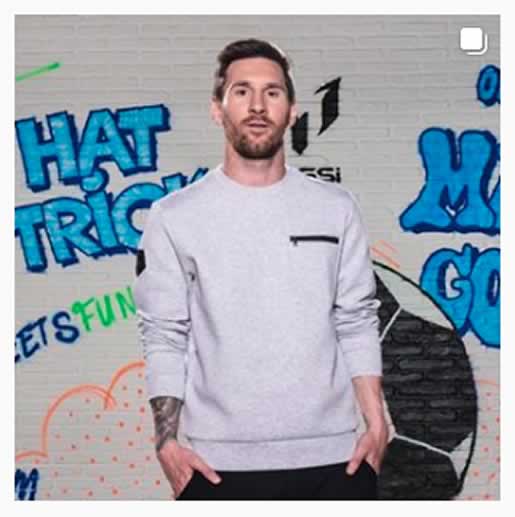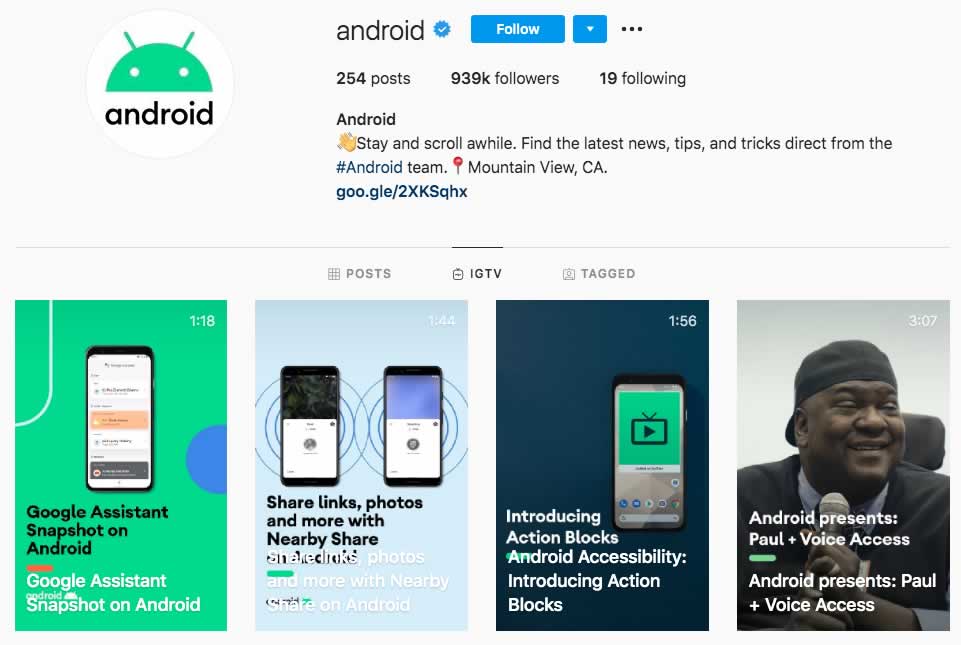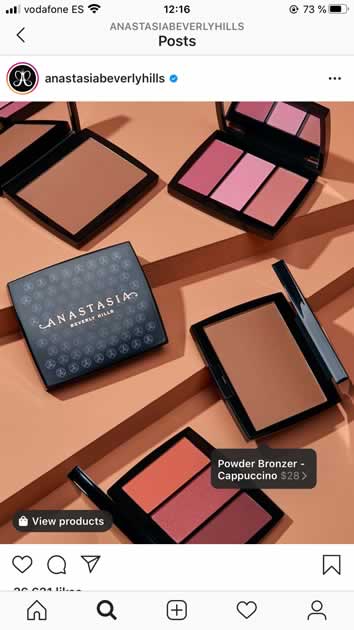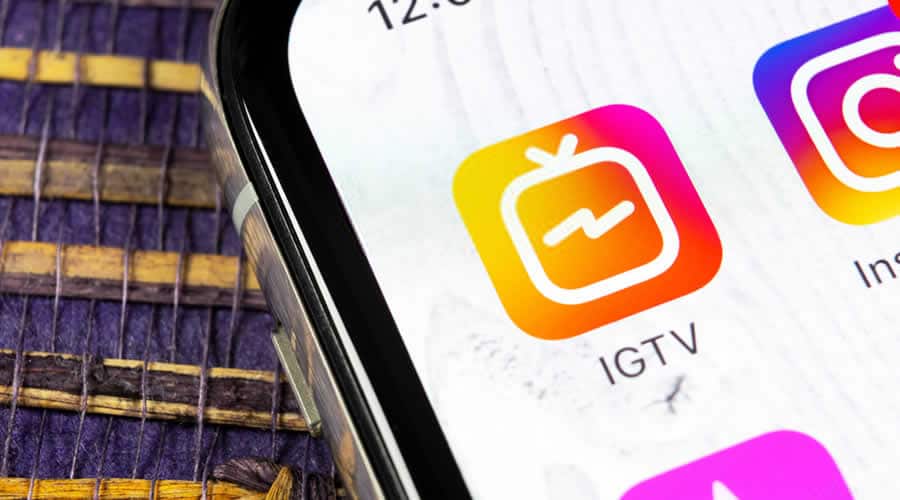The days of celebrity endorsements are falling into the past. These days, companies are turning to a different group of personalities to help promote their brands: Instagram influencers. In fact, 87% of marketing professionals say Instagram is important for their campaigns in 2020.
Instagram is leading the pack, and it’s not a mystery why. The platform is easy to use, allows for interaction between users, and offers a variety of media types to play with. Each of these different Instagram media types has different applications in influencer marketing. Keep reading to find out how you can use Stories, Reels, and more in your influencer campaigns. Also read, how to get more Instagram free followers and help you become an influencer quickly.
Contents
What are Instagram’s media formats?
Instagram provides different ways to publish your content, each with different features to help you express yourself. The key is deciding which is best suited to share your message. A lot has changed since Instagram debuted 10 years ago, so let’s break down each type of media, what it offers, and how it can be useful in influencer campaigns.
Posts
Posts are Instagram’s original media format. These are the photos and videos that you see on the main tab of someone’s profile. You can edit in-app, add filters, and write captions for each post. You can choose to upload one photo or video, or you can choose up to 10 to create a carousel of swipeable content. Keep in mind that videos uploaded as posts are limited to 60 seconds.
In influencer marketing, posts are generally the most expensive type of media on Instagram. This is because they usually generate the most impressions, and also because they require more effort on the part of the influencer. Posts stay on a profile’s feed, and they’re the first thing someone sees when they arrive on a profile, so they take more work than stories. Posts are especially useful for highly visual products like clothes or makeup, or for hosting giveaways.

Stories
Stories work almost like a “status” on Instagram. They don’t show up on a profile’s feed, and they disappear after 24 hours unless they’re archived to highlights. Stories allow for photos, videos, gifs, mentions, hashtags, filters and more.
Stories eventually disappear and therefore require less effort on the influencer’s part. Because of this, they’re easier and cheaper to produce, and cost a bit less for brands to contract. Stories are particularly useful for promoting products that don’t have a very high value or that aren’t well-suited to content creation. For example, a post that highlights a certain brand of tissues may come across as really forced, but stories might offer a more natural way to send the message.
Stories can also be a great tool for driving traffic to your website because of their Swipe Up feature. But, in order to access this, the account must be a professional account and have at least 10,000 followers. We’ll explain more about this later.
IGTV
Instagram TV allows for longer videos than what can be uploaded as a post. IGTV is actually a standalone app that integrates with Instagram; only users who have the IGTV app will have a separate tab on their IGTV content profile. Video limits are 15 minutes when uploading from mobile, and 60 minutes when uploading from the desktop.
This format is especially useful for video content highlighting experiences or complex products. For example, a music festival can be better experienced through the dynamic motion and sound offered by video. Or, an online service might be difficult to explain in photos, but is made simple and concise through a video demonstration.

IG Live
Live works like stories or IGTV, but it’s, well, live! Live lets you share what’s happening around you at the moment. Further, with IG Live, the audience can actively participate by leaving comments or asking questions.
As the IG Live format relies on spontaneity, it lends itself to authenticity. And this is key for influencer marketing campaigns. As an influencer is filming what’s happening to them in real time, their reactions are more likely to be genuine. Live is best used to help the audience experience exciting events first-hand, or for product Q&A sessions, in which an influencer can make their audience feel like they are active participants in the product review.
Reels
Reels is Instagram’s latest media format. They were rolled out in August 2020 and share a lot of similarities with another social network: TikTok. With Reels, you can use a variety of creative tools to upload 15-second videos. You can add music, your own audio, filters, and effects, and change the speed of your video.
Due to its time limit, Reels isn’t ideal for anything that needs a thorough explanation. But they can be great for branding, especially for highly visual products. You could try Reels for montages like a video lookbook or makeover before-and-after. And they could be useful for quick demos or “trailers” to introduce a restaurant or tourist destination. Instagram Reels could also be useful for brands who want to try TikTok-style advertising but whose countries have banned the app. For example, TikTok was banned in India back in June, but Indian brands looking to try a similar style of marketing can now find influencers on Instagram to do so with Reels.
What is a pro account and how can you get one?
Earlier we mentioned the Swipe Up feature available in stories. You’ve probably seen it at some point while surfing Instagram, and maybe you’ve noticed that you can’t seem to find it on your account when uploading your own stories. That’s because Swipe Up is only available for professional accounts that have over 10,000 followers. There are two types: business and creator.
Business accounts
Business accounts are for brands, companies, retailers, local businesses, and service providers. When you convert to a business account, you’ll get access to Instagram Insights, the app’s analytics tool that reveals information about your profile and audience. In addition, as a business account, you’ll be able to :
- Add contact information so customers can reach out to you
- Create ads from Instagram content
- Label products that appear in your content
- Add a category to your profile to show your industry

Creator accounts
Creator accounts are for influencers, celebrities, artists, and content producers. They’re pretty similar to business accounts, and also give you access to Instagram Insights to learn more about your audience, where they come from when they’re usually online, and other metrics to help you grow your profile. As a creator, you can also:
- Add contact info
- Categorize your profile (i.e. blogger)
- Organize your direct messages with folders and rankings
- Tag products and brands in your posts
How to go pro
If you want to convert your account into a professional account, it’s simple! From your profile, go to Settings > Account > Switch to Professional Account. It’s worth noting that changing to a pro account will make any private account public, and any pending follow requests will be automatically approved.
Choose whether you want a business or creator account. You’ll have to enter your contact information and category. You can also choose to link your Instagram profile to a Facebook page. Once you’re set up, you can choose to hide your contact and category info should you wish.
Conclusion
Perhaps Instagram is the most popular social network for influencer campaigns because it has something for everyone. Brands can maintain a presence and communicate directly with potential customers. Influencers have a variety of ways to express themselves through different media types and features. And together, the two can form collaborations to make just about any marketing goal become a reality.


